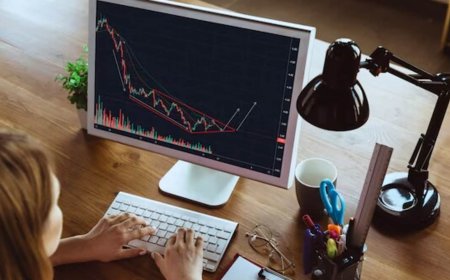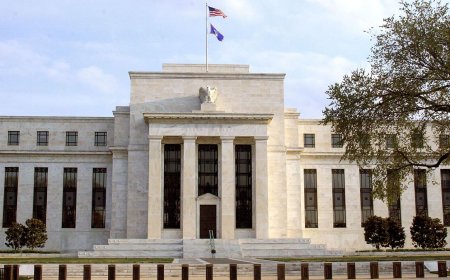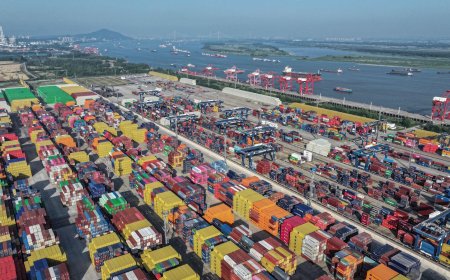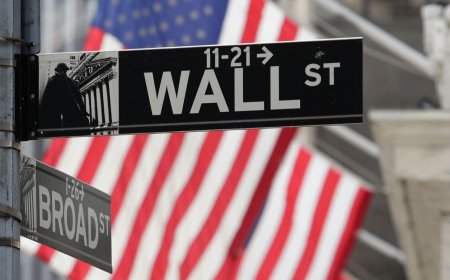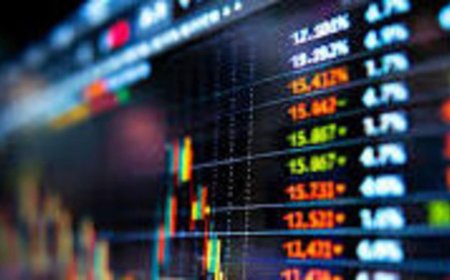Tariffs, Tantrums & Trump: How Investors Can Navigate the New Rules of Global Trade
With Trump’s tariff threats and global trade tensions escalating, investors must rethink strategies. Here's how to navigate the chaos with smart, diversified moves.
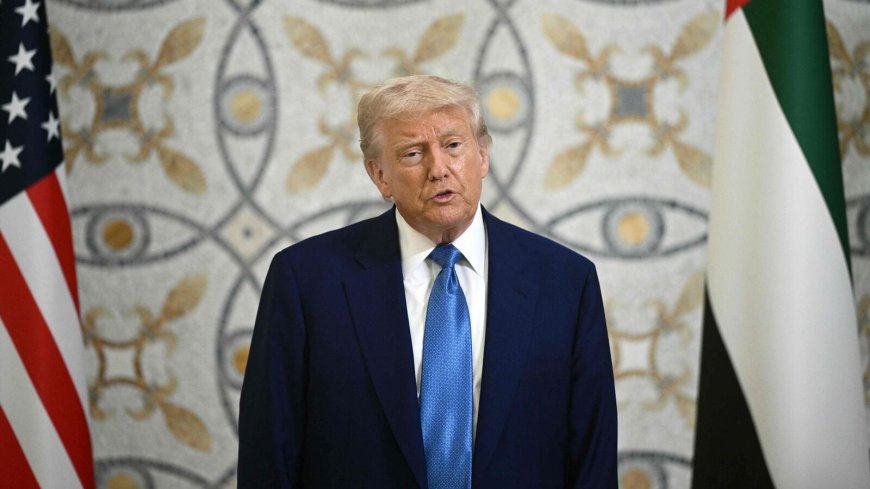
Tariffs, Tantrums & Trump: What Should Investors Do Amid New Rules of Global Trade?
Introduction: The New World Disorder
Once upon a time, global trade was relatively predictable. Nations negotiated deals, businesses relied on long-term supply chains, and investors mapped their portfolios accordingly. But in 2025, the very foundation of global trade is being shaken—once again—by tariffs, tantrums, and the looming specter of Donald Trump’s return to the White House.
Trump’s rhetoric on “economic nationalism” has triggered fear across markets. The U.S. has already announced new tariffs on Chinese electric vehicles, aluminum, and rare earth minerals, with more expected in sectors like AI hardware and pharma ingredients. These announcements, followed by retaliatory measures from China and whispers of EU pushback, have thrown global trade into another spiral.
For investors, this isn't just a political sideshow—it's a structural shift. The question is: how to navigate it?
What’s Happening in Global Trade?
Trade in 2025 is no longer about mutual cooperation. It’s about strategic containment and economic weaponization. Some major developments:
-
Trump’s Campaign Promises: A pledge to impose a universal 10% tariff on all imports if re-elected. Even in opposition, the Republican-led House is pushing protectionist policies.
-
China Retaliates: China has threatened counter-tariffs on U.S. agricultural goods, semiconductor machinery, and aerospace parts.
-
Europe Pushes Back: The EU is exploring digital services taxes and retaliatory duties on U.S. tech giants if the U.S. blocks EU car exports.
-
India Caught in the Middle: As a rising export hub, India benefits from shifting supply chains but also faces tariff-related headwinds from both the West and China.
-
Supply Chain Nationalism: Countries are building domestic supply lines in semiconductors, EVs, and green tech, raising costs and investment risks.
Why Tariffs Are Dangerous in 2025
Tariffs may be politically palatable, but they have deep economic costs:
-
Inflationary Pressure: Imported goods become expensive, reigniting inflation in countries just recovering from the post-COVID price surge.
-
Supply Chain Disruptions: Complex global production networks are fractured, causing delays and cost escalations.
-
Corporate Earnings Hit: Companies with global exposure (like Apple, Tesla, Tata Motors, Samsung) face margin squeezes due to increased import costs.
-
Investor Uncertainty: Global funds are shifting to defensive allocations, and foreign direct investment (FDI) in trade-dependent sectors is slowing.
How Are Markets Reacting?
The S&P 500 has seen increased volatility over the last six weeks, swinging 3-5% with every major trade headline. The MSCI Emerging Markets Index has underperformed the developed market indices by 6% YTD, largely due to Asian export risk.
Meanwhile, the Indian Nifty 50 has seen cautious inflows. Investors are betting on India being a net beneficiary of “China+1” policies, but remain wary of geopolitical flare-ups affecting manufacturing ambitions.
Sectoral Breakdown: Winners and Losers
Winners:
Domestic Manufacturing (US & India): Tariff walls force more local production. Stocks like Tata Elxsi, Bharat Forge, Lockheed Martin, and General Electric are in focus.
Defense & Aerospace: Trade wars often signal long-term geopolitical risks. Expect defense stocks to rally, especially in countries increasing self-reliance.
Agri-Tech & Local Food Producers: With food exports and imports becoming volatile, companies solving local supply-demand issues will outperform.
Logistics & Warehousing: As supply chains are redesigned, there's increased demand for last-mile infrastructure.
Losers:
Global Tech Giants: Apple, Samsung, Nvidia face both input cost pressure and retaliatory risks.
Luxury Goods & Autos: High-end products depend on low tariff trade zones. A breakdown in WTO systems hits demand from emerging markets.
Multinationals in Consumer Goods: Firms like Nestlé and Unilever see margin pressures due to higher packaging and transport costs.
What Should Investors Do?
Here's a strategic roadmap for navigating the new trade regime:
1. Diversify Geopolitically
Don't be overexposed to U.S.-China risk. Allocate funds across India, Brazil, Southeast Asia, and Eastern Europe, where trade tensions are relatively lower.
2. Go Local With Themes
Think Make-in-India, Build-in-America, and Decentralize-in-Europe. Localized manufacturing and services will gain massive policy tailwinds.
3. Stay Liquid and Nimble
Volatility is back, and so should be your tactical allocation mindset. Use ETFs for flexible exposure and keep 15-20% of portfolio liquid for dips.
4. Watch for Central Bank Interventions
Tariff-induced inflation may bring back hawkish central banks. Stay alert for interest rate shocks in both emerging and developed markets.
5. Don’t Ignore Gold and Safe Havens
In uncertain trade regimes, gold, USD, Swiss Franc, and U.S. Treasuries serve as essential hedges.
India's Role in the New Global Trade Map
India stands to gain and lose from this trade reshuffling.
Opportunities:
-
India is increasingly seen as a “China alternative” for electronics, pharma, and textile manufacturing.
-
The government’s PLI (Production-Linked Incentive) schemes are boosting local production.
Risks:
-
India's own exports (IT services, auto parts, agriculture) may face retaliatory tariffs from trading partners.
-
Uncertainty around WTO rulings and bilateral trade disputes could dampen investor enthusiasm.
For Indian investors, this means staying invested in domestic manufacturing while hedging global exposure through smart allocation.
Trump’s Tantrums: Real Threat or Political Theater?
While Trump’s tariff talk often begins as political noise, his first term proved that he follows through. Markets can no longer dismiss threats of trade wars as bluffs. The Republican economic policy now largely echoes Trump’s stance—even without him in office.
A second Trump presidency, combined with a more nationalist Congress, could bring:
-
The abandonment of WTO norms
-
Collapse of NAFTA-style treaties
-
Increased friction with EU and India over tech and digital taxes
A Time for Bold, Calculated Moves
Tariffs and tantrums are here to stay. Whether Trump wins the presidency or not, the world is entering an era of de-globalization and economic fragmentation. Trade blocs are shifting. Protectionism is not a blip—it’s the new baseline.
But where there is chaos, there is opportunity. Smart investors will:
-
Focus on resilient sectors
-
Think globally but act locally
-
Build portfolios that balance returns with geopolitical stability
The rules have changed. The sooner we accept it, the faster we can adapt—and thrive.
What's Your Reaction?
 Like
0
Like
0
 Dislike
0
Dislike
0
 Love
0
Love
0
 Funny
0
Funny
0
 Angry
0
Angry
0
 Sad
0
Sad
0
 Wow
0
Wow
0





























































